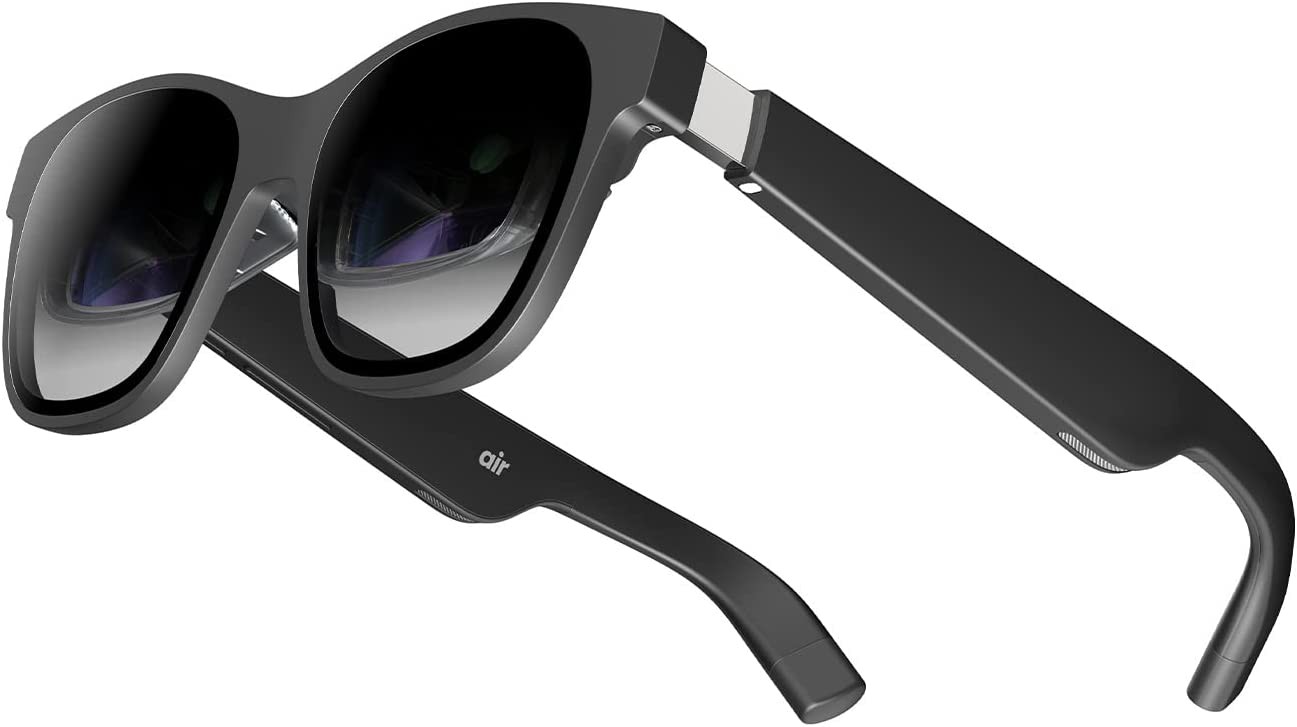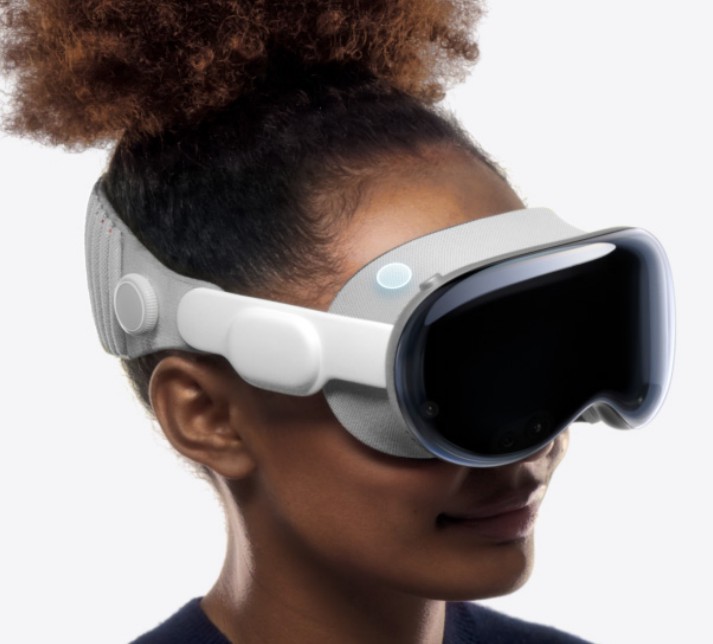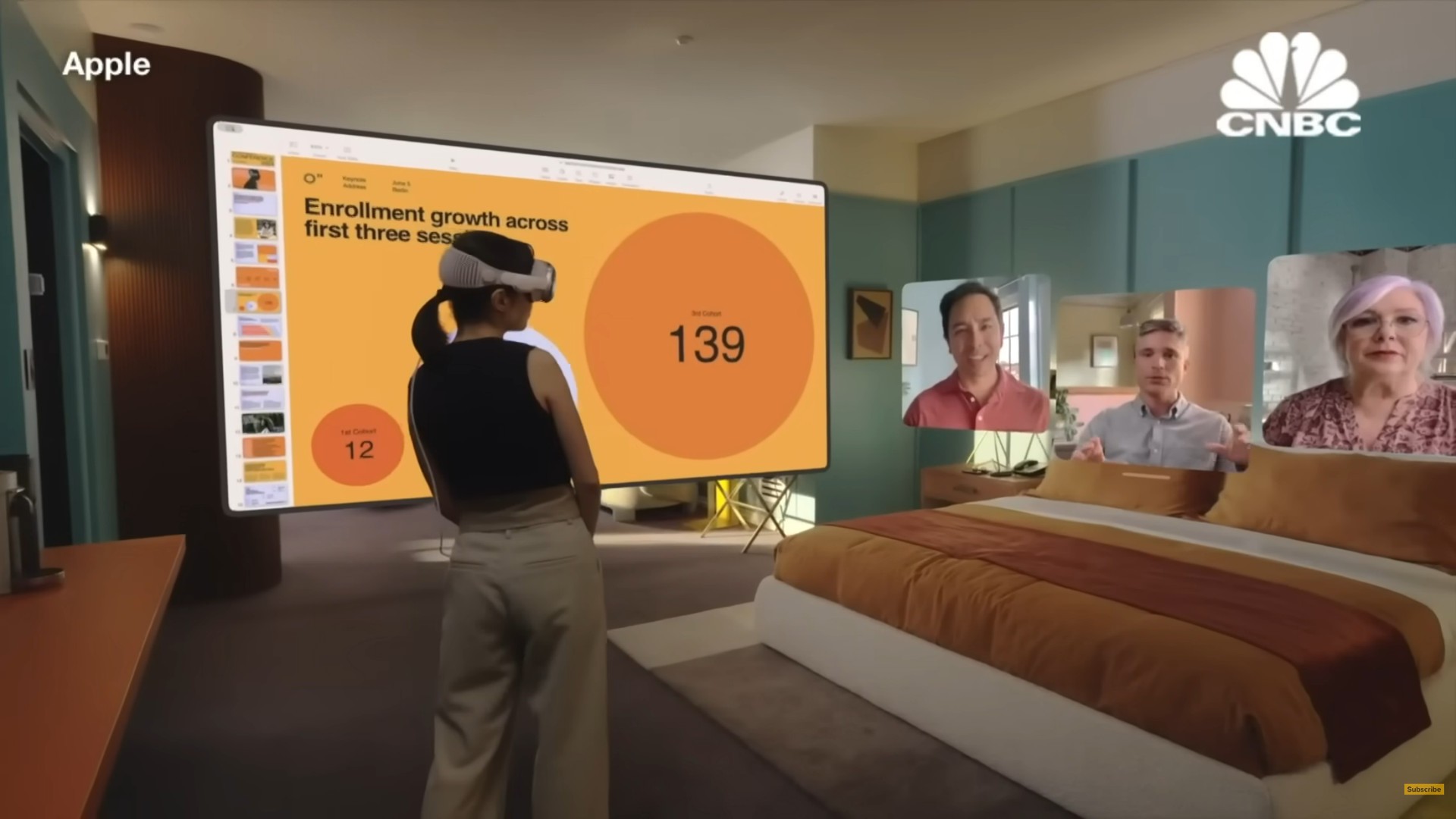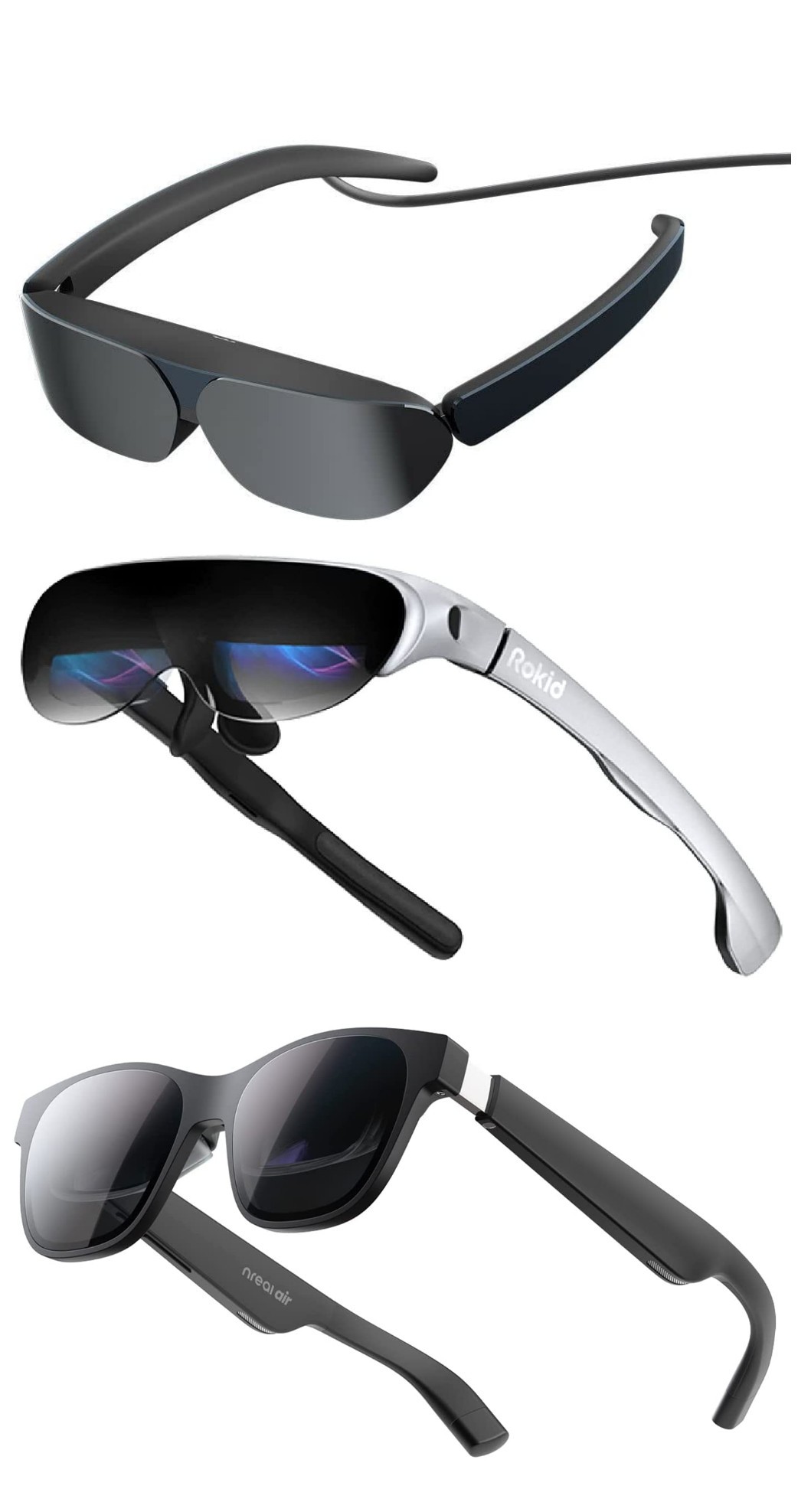The age of laptops dominated when lions were routinely commuting & needed the same confuser at home & work. The need peaked when commuting to the city. Commuting started declining in 2018 & may finally be over for the kinds of things lions have done for the last 20 years. There may still be a need for a laptop, but nothing as regularly used or as powerful as before.
Years ago, a pretty competitive laptop was only $400. Nowadays, nothing below $1000 is anywhere close to what a developer would need. Tablets are nowhere close to even the cheapest laptop. What's over $1000 is still manely what lions already had 6 years ago. Keeping an old laptop from 6 years ago working may be more practical than buying any new one. It got the lion kingdom wondering if a home made laptop can finally do better.
Reviewing the
modular laptop, it's not much different than the others, very small screen, very bulky, no stated battery life. There was also the raspberry pi laptop, the OLPC laptop, the netbook laptop. The problems come from trying to use general purpose components. Laptops just can't be every high performing unless every piece is purpose built just for 1 laptop.
Lions believe the ideal laptop is a bare screen & keyboard with no confuser. The confuser would be a separate brick which would fit in a backpack or a pocket. Maybe the confuser could be a phone. The different parts would need their own batteries. Everything would be connected over wireless.
The display
https://www.amazon.com/dp/B0885RN8FQ
Suspect the most compact display would be a used laptop LCD with an HDMI converter, but there have recently appeared portable 15.5" 1920x1080 monitors for under $150. This one burns 5V/2A from a USB connector & weighs 1.8lbs
Wireless HDMI
https://www.bhphotovideo.com/c/product/1374507-REG/iogear_gwhdkit11_wireless_video_kit_150.html/
is another $150. It's gone from something that was being marketed towards consumers 15 years ago to a boutique item for content creators, thus much higher prices.
The keyboard
There are el cheapo bluetooth keyboards, el cheapo bluetooth touch pads, or combos for tablets. It might be more ergonomical to connect a wired keyboard & track pad to a microcontroller. ($50) Keyboard/touch pad combos are 8.8oz.
https://www.amazon.com/Fintie-Ultrathin-Bluetooth-Multi-Touch-Microsoft/dp/B00XBTUK5M/
The keyboard & monitor would need some kind of structural support. If they're joined together, they could share a battery. The structure might be 3D printed or it might be wood. It could also be some kind of wearable.
The confuser
This continues to be the most expensive part if a development machine is desired. The mac mini has recently attracted some competitors. They're all made by Beelink with a boxy form factor sized to accomodate a 2.5" hard drive.
https://www.amazon.com/Intel-Core-i5-8259U-Beelink-512GB/dp/B08T657SM1
While they're expandable to SSD & RAM modules which are bigger than a 6 year old macbook, there's no way to get a bare confuser without pitiful SSD & RAM modules included in the price ($470). If a 2TB SSD ($200) & 32GB RAM ($200) get added on, it's $870. It needs 19V 3A. It might be hackable to 12V. It weighs 2lbs.
Of course, there's always minimally viable portable confusing based on a raspberry pi with 8GB RAM & 64GB SD card ($100). A raspberry pi + battery is still big enough to require the confuser to be a separate module from the monitor & keyboard. This is why raspberry pi laptops are always bulky.
The confuser could itself be modularized into a removable storage unit & confusing unit. The storage unit would plug into a raspberry pi when on a train & into stationary PC's in the 2 locations. This would reduce...
Read more » lion mclionhead
lion mclionhead






I doubt if you'll ever be able to compete with a commercial laptop when the hassle factor is factored in. I'd much rather pay a few hundred more for a properly designed product. Hobby products are fine for home use but for travel/commuting a home brew laptop will be a kludge.